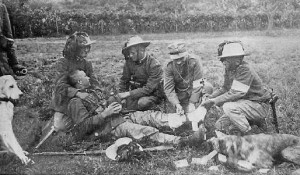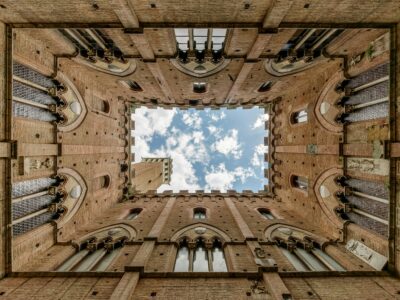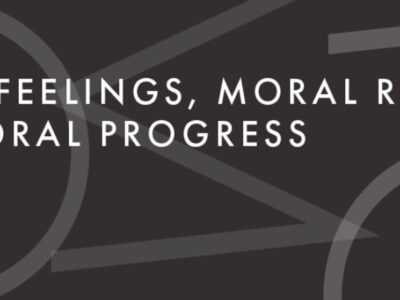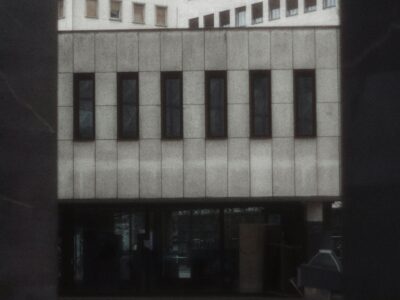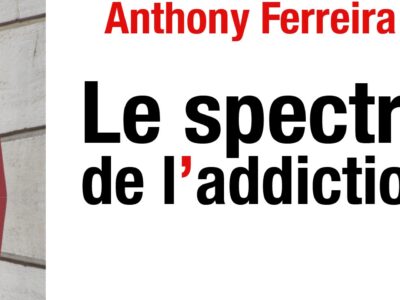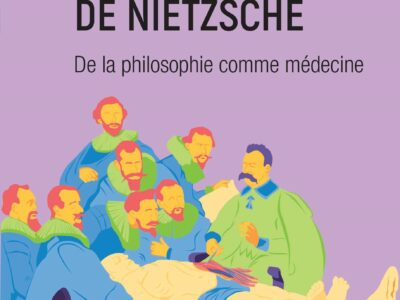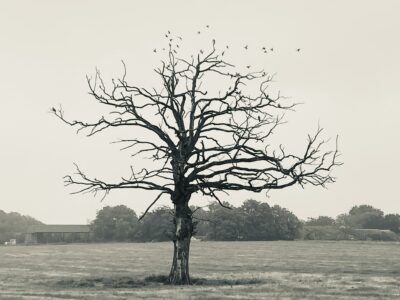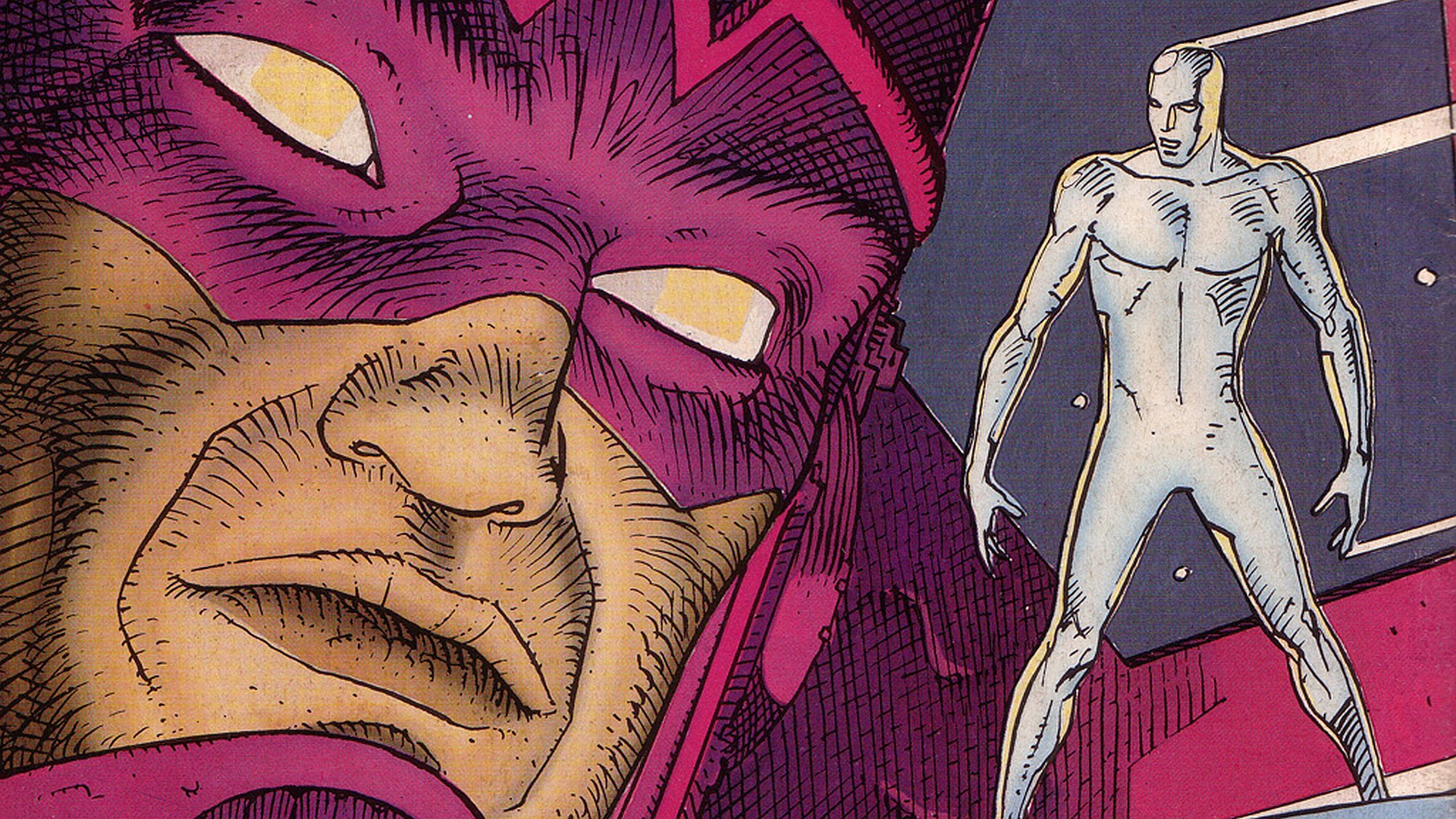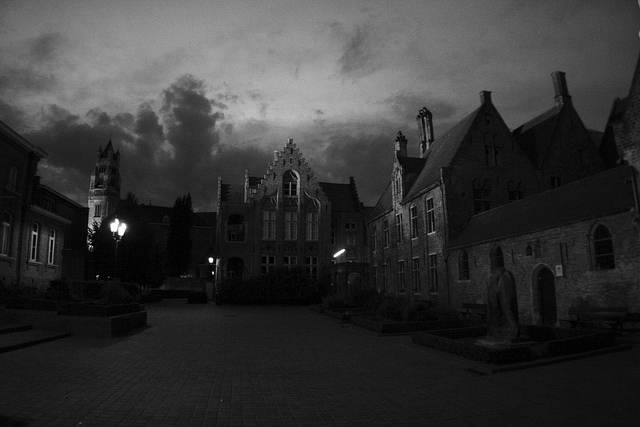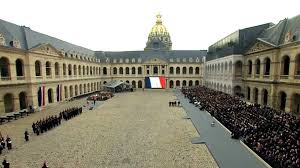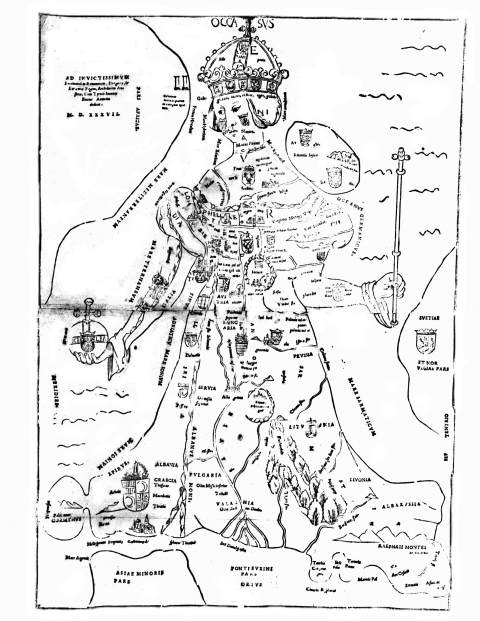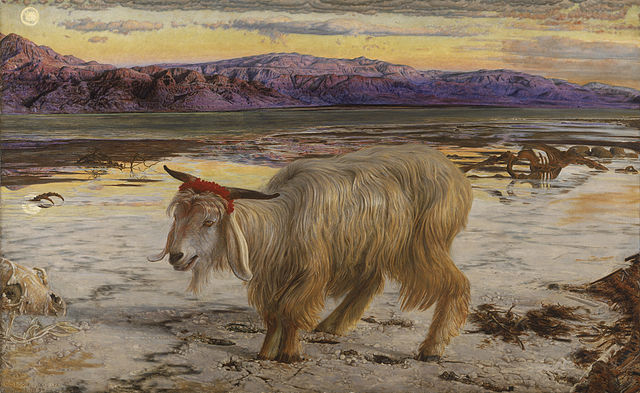The Holy and the Sacred in the Experience of Italian Disabled Ex-Servicemen
Some Notes and Research Perspectives on The Holy and the Sacred in the Experience of Italian Disabled Ex-Servicemen during and after the First World War.
Ugo Pavan Dalla Torre Independent researcher
On the themes of war’s memories and of their writing and their revision; on the elaboration of mourning and, more generally, of the experience of war, the European historiography has been working since several decades, so much so that some works have become classics in this field[1]. All these books allow us to understand how the Great war became a part of the cultural identity of the Countries involved in it.
One less studied aspect in the past, but it is an aspect that is beginning to be addressed also in Italy, is the religious experience of the Great War. Studies in this area have already appeared abroad, in Germany, in France and in the anglo-saxon context[2]. Aims of this paper is to provide a first analysis of the Italian case. In this paper, by presenting some researches of mine that are still in progress, I will explain how the Italian disabled ex-servicemen created a form of civilian religion during World War I and how they interpreted the ideas of holiness and sacred. This new civilian religion had a great importance both during and after the war for all Italian Veterans, but in particular for the disabled ex-servicemen and for their main Association, the Italian National Association of Disabled Ex-Servicemen (ANMIG), that became the most important depository of this new religion. These themes has been in part treated by Nicolao Merker, who works on the relationships between religion and nationalism in Italy[3]; and by Lisa Bregantin, who had deepened themes like the history of the war cemeteries as a way to build a memory of the war; the representation of the death; the will of eternalize the heroic behavior of the Italian soldiers building monuments and memorials all around the Country[4]. Surely the theme of the religion in politics is interesting and Emilio Gentile showed this aspect in his works[5].
These are elements that bring the Italian experience to the wider European context. Let’s just think on the example of the Unknown Soldier (in Italian Milite Ignoto). The recovery of the body of this soldier; his journey by train from the highlands of the Carso[6] to Rome, to the monument that would have been his eternal house; the emotional involvement of the audience of Italian citizens, particularly mothers and widows of fallen soldiers; the development of a new rich imagery material and new symbols. It became a new civilian liturgy, a celebration and a consecration of the Italian experience of war. But it became also a way to legitimize a new national holiday, November 4th, the day of the Italian victory[7]. That event became a holy day. Its sanctity, surely a secular one, was confirmed and legitimised by the body of the unknown soldiers, buried at the Altar of the Fatherland, symbolic place of all the events of the then young Italian Country[8].
The history of the disabled ex-servicemen is very important to understand this religious experience and to analyse these languages, these liturgies, these ideas to understand their origin, to describe their purposes. In particular the history of the disabled ex-servicemen is useful to deepen the relationships between bodies and religious languages and the use of this new religion in the Italian society during the Great War and in the first postwar period.
The Italian National Association of Disabled Ex Servicemen (in short, ANMIG) was established in Milan in 1917. This type of association, created among veterans, was an important consequence of the war, both in Italy and in other European countries, where it is indeed possible to retrace similar institutions[9].
Thanks to the work of the first managing group, this association grew up very fast, and the early 1920’s it became the only voice of the veterans in Italy. This Association created for the first time and adopted a religious language that justified the veteran’s role in the Italian society and, because of the sacrifices made during the war, legitimised their position towards Nation and State. The mutilated soldier became a sort of Jesus Christ, that runs through his ordeal between his injury at the time of discharge from the hospital. In this way hospital wards became a sacred place, as well as a place of martyrdom. The bodies of the soldiers were sacred bodies, as they suffered wounds and mutilations. The experience of the war forged the new class of the mutilated soldiers. So the bodies beame living memories of the sacrifice. As Jesus, the disabled ex-servicemen sacrified himself for the Fatherland and for the final victory of Italy. Every disabled soldier had given a part of his body for the common good. The figure of Jesus was also associated with rebirth of the veteran and with his redemption, his return to the society. The main idea was that mind and body were separated, and the disabled ex-servicemen could claim a role in the postwar Italy thanks to their sacrifice and thanks to their ability to think and to act. Like Jesus the disabled ex-servicemen were died, but they resurrected to continue their action to protect the Italian community.
According to the journal of the Association, “Il Bollettino”[10], the disabled ex-servicemen established a hierarchy of sacrifice. First of all the fallen soldiers, then the mutilated and finally the veterans. The disabled ex-servicemen veterans called themselves “L’avanguardia di coloro che torneranno” [11](the vanguard of those who will return), and with this religious language the wanted to mean that their were the first and most important part of the Italian veterans. Through that proposal “ANMIG has taken on the task of protecting the concreteness of the combatants’ desire for success, and of preventing the disorderly swarm of insufficient initiatives, promoting the preparation and the coordination of those who returned from the trenches”[12]. This was possible thanks to the idea that the disabled ex-servicemen were the most important part of the Italian veterans.
The creation of new symbols and of new religious meanings was needed to legitimize the presence of disabled ex-servicemen in the Italian social context. Some mutilations become important and publicized, especially in relation to their severity. The blindess, for example, became maybe the most important symbol of the resurrection of the disabled ex-servicemen. For the very first time, blind people could have a place in the society and became subject of the veneration of the other disabled ex-servicemen and the entire population. The figures of Gabriele D’Annunzio and Carlo Delcroix became famous all around the Country. D’Annunzio called himself [13][14]“l’orbo veggente” (the blind clairvoyant); Delcroix was seen by the members of the Association as the first priest of the new religion of the sacrifice. His history was an history of a great sufferance, but Delcroix was able to continue his life, despite his mutilations. He became an important speaker and, in 1925, the President of ANMIG. He became the symbol of a new way of looking at the War. But besides that, he became the symbol of all the young soldiers whose bodies were mutilated as a result of the war. He was, in fact, the living proof that it is possible to pick oneself up again after a situation in which one has been left prostrate. Delcroix put together a memorial of the Great War, and how this became a collective memorial to disabled ex-servicemen. [15]
During those years several types of “membership liturgy” were created, both inside and outside the Association. Inside the Association there were important rites, such as the handing-over of the flag to a new Section. Everytime that a new Section was established, the Central Committee of the Association approved the establishment of the section and sent a speaker to the ritual of flag. In the arranged day, lots of mutilated soldiers gathered in the new Section, and the delivery of the flag became a moment of sharing and a war memorial. Outside the Association, the National anniversaries became an important religious moments for wounded veterans. I have already talked about 4th november and about the “Unknown soldier”, but also the 24th May, the day of the beginning of the war, became an important day. So the beginning and the end of the war became parts of the memory of the Nation. “Il Bollettino” became the place in which these days were remembered and celebrated. Both this vocabulary and these liturgies were part of the new “religion of sacrifice” and they are an important key to the reading of the Italian experience of war and some important topics of first postwar period in this Country. It surely was a civilian religion related to the war. The fascist regime used these languages and these liturgies, in particular the fascist movement used the myth of the Italian “Arditi”, a special Army Corps born during the last years of the war [16]
The disabled ex-servicemen used the war experience also to create new concepts of holiness: the mutilated soldier became a saint, he was a person who decided to give a part of its body for the Homeland and that accepted his new condition of hadicapped person. The death of some disabled ex servicemen and of some soldiers became experiences of holiness and example for all the other disabled ex-servicemen and, in general, for all the veterans. Fulcieri Paulucci Di Calboli, dead in consequence of a serious illness after his partecipation to war, was named “The saint of the mutilated”[17]. He continued his fights also despite his mutilations, giving courage to the soldiers[18].
But also the idea of sacred was borrowed from the war. The theatres of war became “Sacred lands”. In particular the trenches in the north eat of Italy, in Carso, became a place of pilgrimage. But also the new Italian Cities, like Trento, Trieste, Fiume, Zara[19] became sacred cities, the cities that receive the blood of the Italian soldiers. Therefore, Trento and Trieste were used as a big pretext to go to war. In spite of this, however, neither Trento nor Trieste were ever to be reached by Italians in forty-one months of war, and became part of the Kingdom of Italy only after the end of the war and the signing of the Treaty of Rapallo in 1920. Moreover, even after its annexation to Italy, it probably took a while for Trieste to be truly Italian, and the same can be said also for Trento. After the war, these two cities and the surrounding areas were lands marked by conflict, and remained in these conditions for a long time. Fiume and Zara became also “Mutilated cities”, as they cannot be geographically united to Italy. Two National Congresses of ANMIG were held in the nearby territories of Zadar (in 1922) and Fiume (in 1924), proving the fact that the region indeed was of great importance for the Association and that those cities became part of the cultural heritage of the war-experience.
Some conclusions
Both the idea of the sacred and holy became part of the experience of war, in Italy as abroad, during and after World War I. As I said at the beginning of this article, many aspects of this story need to be deepened, some other even to be studied yet. Surely the history of disabled ex-servicemen allows to understand how these two concepts were used in Italy and by this category of citizens. The whole experience of war was surrounded by an aura of “sacredness.” In the war there had been made acts of heroism, self-sacrifice, loyalty to the homeland. From the trenches returned both the mutilated soldiers and all the veterans, who in the trenches had been immersed in the sacredness and had received a real consecration, the consecration of the fire and, of course, of the war. Those who had not taken part in that experience, both the younger citizens and the “imboscati” (soldiers that had been enrolled but that did not fight in the trenches because they obtained to be dispatched in the behind the front line) could not understand its value and, for this reason, the mutilated described it and devoted such a great attention. Also the places of war became sacred places, places of remembrance and contemplation, places of personal memories and public memories. The same memories of the war became sacred. And in fact several monuments had been built near those places.
From this sacred he descended the “holyness”, which became an integral part of a public identity of certain figures of disabled veterans and, more generally, of all disabled veterans and of their Association. The choice to come up with this characteristic was functional to legitimize the will to play an active role in Italian society after the war. With the word holiness tbe disabled ex servicemen intended to highlight not only the physical sacrifice endured to serve the homeland, but also the fact that the mutilated soldiers had decided to fight, without trying to escape the test of war. Against the “imboscati”, against those who in one way or in another, had managed to avoid the “ultimate test” of the war, the disabled ex-servicemen and the association began a crusade. In the opinion of the disabled ex servicemen, the Italian politicians had not been able to deal with the war and it surely they had not been able to build the new Italy after the war.
Starting from these themes there are some interesting research perspectives. I talked about languages and religious vocabularies. It would be interesting to study the exact origins of these vocabularies. Certainly, the figure of Jesus Christ refers to the Gospels, but a major study could show other cultural references. Certainly this thought appears inserted in Christianity and especially Catholicism, but a more detailed study seems necessary, if only to confirm this first appearance.
A second aspect to be explored are the biographies of the most important considered members, and in particular those of the war dead. Surely the most important figures – that of Gabriele D’Annunzio and that of Carlo Delcroix – seem sufficiently known, but the lack of a biography of Carlo Delcroix also indicates the need to investigate these aspect.
A third area to be investigated is the relationship between ANMIG and fascism. It is known that there were circulated and treaties « Mysticism fascist ». But while the religious elements of fascism have been studied[20], there is no comparison between the two experiences and ideas of holy and sacred. In particular there are not studies about the role of the religious languages of the Italian veterans in the creation of the fascist religious languages and practices.
Exploring these issues would provide a key to understand an important aspect of the First World War, the religious experience of that conflict, but also to better understand some of the social dynamics of the Italian first postwar period.
[1] For the French case there are several important works, in particular the work done by the Centre of Peronne, like Annette Becker – Stephane Audoin-Rouzeau, 14 – 18, retrouver la guerre, Paris, Gallimard, 2000. Then. Always on the French case see Antoine Prost, Les anciens combattants et la société française 1914-1939, 3 voll. Paris, Presses de Sciences Po (P.F.N.S.P.), 1977. For the anglo-saxon case see Paul Fussel, The Great War and the Modern Memory, Oxford, Oxford University Press, 1975; Eric J. Leed, No man’s land. Combat and Identity in World War I, Cambridge, Cambridge University Press, 1979; Sites of Memory, Sites of Mourning: The Great War in European Cultural History, Cambridge and New York: Cambridge University Press, 1995.
[2] See for example Michel Despland,Jean-Claude Petit,Jean Richard, Religion et culture: actes du colloque international du centenaire Paul Tillich, Les Presses de l’Université Laval, Les Editions du Cerf, 1987; Patrick J. Houlihan, Catholicism and the Great War: Religion and Everyday Life in Germany and Austria-Hungary,1914-1922, Cambridge, Cambridge University Press, 2015; David J. Fine, Jewish Integration in the German Army in the First World War, Berlin-Boston, De Gruyter, 2012.
[3] Nicolao Merker, La guerra di Dio. Religione e nazionalismo nella Grande Guerra, Roma, Carocci, 2015.
[4] Lisa Bregantin, Caduti nell’oblio. I soldati di Pontelongo scomparsi nella Grande Guerra, Portrogruaro, Ediciclo Editore, 2003; Lisa Bregantin, Per non morire mai: la percezione della morte in guerra e il culto dei caduti nel primo conflitto mondiale, Padova, Il Poligrafo, 2010.
[5] E. Gentile, Le religioni della politica. Fra democrazie e totalitarismi, Roma-Bari, Laterza, 2001.
[6] Carso is a land in the Italian region of Friuli Venezia Giulia, north east of the Country. It began an important part of the Italian frontline and of the Italian memory of the war. See Scipio Slataper, Il mio Carso, Firenze, Libreria della Voce, 1912.
[7] Italy signed the armistice with Austria-Hungary on 3rd November, 1918. 4th November became the day of the Victory.
[8] About the Unknow Soldiers and the new National holiday see Maurizio Ridolfi, Bologna, il Mulino, 2003.
[9] About this Ugo Pavan Dalla Torre, Le origini dell’ANMIG, in Valdo Del Lucchese (ed), Passato, presente e futuro. Compendio di storia dell’ANMIG, Roma, Associazione Nazionale fra Mutilati ed Invalidi di Guerra e Fondazione, 2012. Some older works are very important for the history of the associations between veterans in Italy, even if a complete study of the associations of WWI has not been realised so far: Giovanni Sabbatucci, I combattenti nel primo dopoguerra, Roma-Bari, Laterza, 1974; Gianni Isola, Guerra al regno della guerra!, Firenze, Le Lettere, 1990. See also Barbara Bracco, La patria ferita, Milano, Giunti, 2012.
[10] ANMIG started the publications of this journal in the first months of 1918. The journal still exists, with the name “La nostra presenza”.
[11] Perchè ci organizziamo, in Il Bollettino, I/1, march 1918, p.1.
[12] See Per una grande associazione fra i combattenti reduci dalla guerra, Il Bollettino, year I, number 4, November 1918.
[13] On this topic see the works of Martina Salvante. Martina Salvante, Thanks to the Great War the blind gets the recognition of his ability to act’: the rehabilitation of blinded servicemen in Florence, in First World War Studies, 6:1, 21-35.
[14] Gabriele D’Annunzio (1863-1938) was an Italian poet. He took part to the Great War as a volunteer and made some important and spectacular actions, such as the air raid on Vienna (august 1918). During a landing underwent retinal detachment and therefore became mutilated war. In the first postwar period he tried to conquer Fiume. On Gabriele D’Annunzio see Renzo De Felice, D’Annunzio politico, Roma-Bari, Laterza, 1978. Carlo Delcroix (1896-1977) has been probably the most famous disabled ex-serviceman in Italy between the two World War. In 1917 he became blind and mutilated of the both hands. He wrote several books, but we still not have his complete biography. On Carlo Delcroix see Albertina Vittoria, Carlo Delcroix, in Dizionario Biografico degli Italiani, vol. 36, Roma, Istituto della Enciclopedia italiana, 1988, pp. 471-477 and Ugo Pavan Dalla Torre, Telling the War from a New Perspective: Books and Speeches of Carlo Delcroix, Disabled ex-Serviceman, Paper presented during the conference “Narratives of Peace and Conflict”, Liverpool Hope University, July 2015 (the full text of the paper could be read at this URL: http://tutu.hope.ac.uk/research/workingpaperseries/)
[15] Pavan Dalla Torre, Telling the War from a New Perspective, cit.
[16] About the Arditi see Giorgio Rochat, Gli arditi della grande guerra. Origini, miti e battaglie, Milano, Feltrinelli, 1981. For the role of the Veterans in the fascist movement see Roberto Vivarelli, Storia delle origini del fascismo, 3 voll. Bologna, il Mulino, 2012 and Renzo De Felice, Mussolini il rivoluzionario, Torino, Einaudi, 1965 and Renzo De Felice, Mussolini il fascista. I: la conquista del potere (1921-1925), Torino, Einaudi, 1968.
[17] Fulcieri Paolucci di Calboli (1893-1919) was a war volunteer. He was wounded and he became unable to walk. But the continued his commitment to the war, carrying out propaganda actions after the defeat of Caporetto. In March 1918, while he was hospitalized in Genoa, he contracted erysipelas, an acute infection of the skin, at that time untreatable. He died and his death was seen as the death of a saint.
[18] About this Remo Fasani, Il Comitato d’azione fra mutilati, invalidi e feriti di guerra: da Caporetto a Vittorio Veneto, ventennale della vittoria, Roma, Comitato Editoriale, 1938.
[19] Fiume is now called Rijeka Zara is the Croatian city Zadar.
[20] On this aspect see Emilio Gentile, Il culto del Littorio. La sacralizzazione della politica nell’Italia fascista, Roma-Bari, Laterza, 1993; Mario Isnenghi, Intellettuali militanti e intellettuali funzionari. Appunti sulla cultura fascista, Torino, Einaudi, 1979; Daniele Marchesini, La scuola dei gerarchi. Mistica fascista: storia, problemi, istituzioni, Milano, Feltrinelli, 1976.


